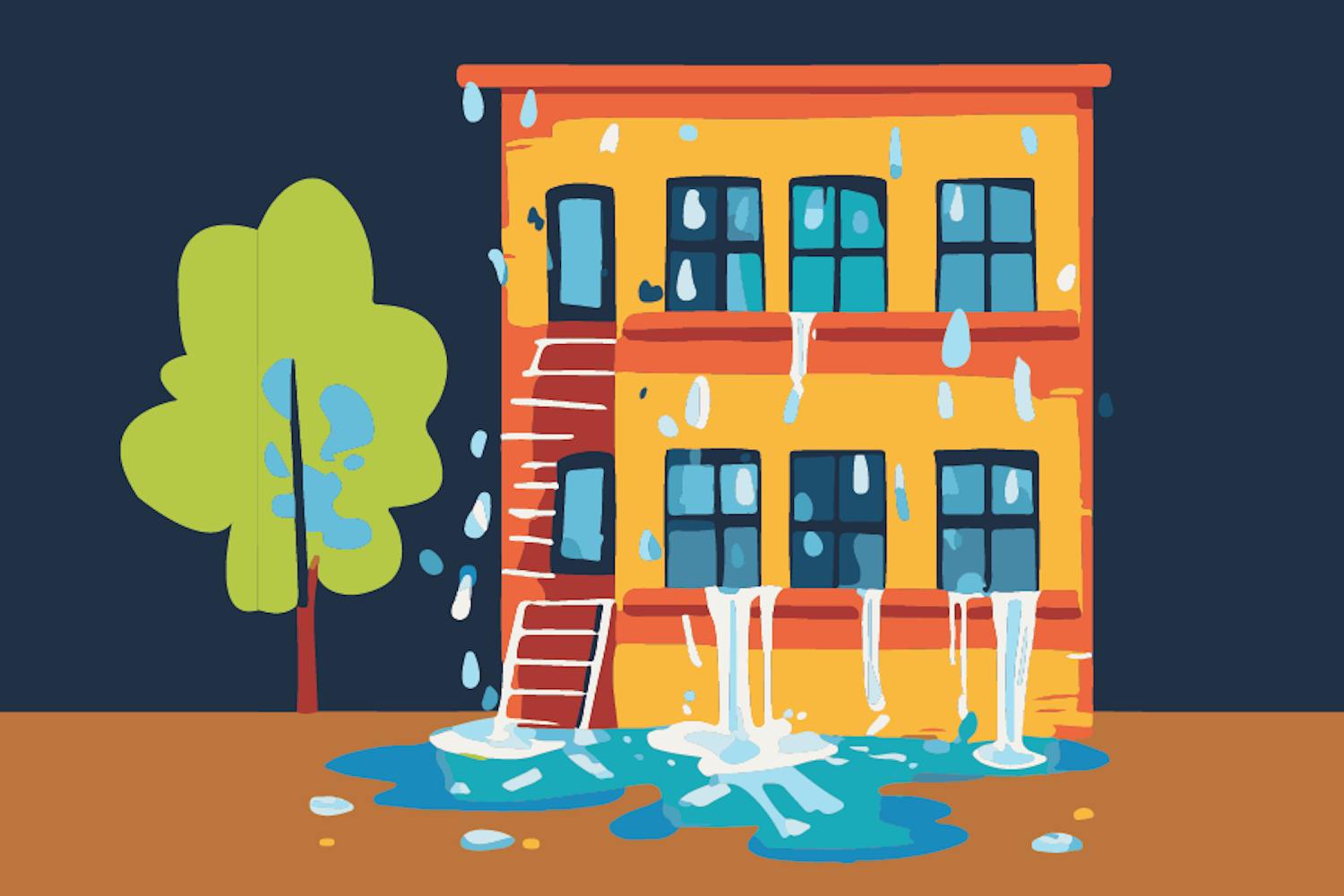What the City of Tempe really needs to do with the historic Hayden Flour Mill is realize that it’s the best location for a brand-new Starbucks coffee shop. Or another ice cream shop.
The months of rumination over how to best reintroduce the mill into Tempe’s active urban life reveals not only how challenging the decision is, but how exciting it is as well. Historic buildings are, by nature, one-of-a-kind opportunities in terms of development. Coffee chains can go up anywhere and perhaps at any time, but the character and sense of place a historic building brings to an area takes decades to form.
On April 25, the mill will re-open to the public for the first time in almost 15 years. Landscape architect Bill Tonnesen has designed a temporary event space that engages the mill by using windows that allow visitors to gaze in on the old machinery. Posters on the mill’s exterior walls will tell the story of one of Tempe’s most iconic structures. Tonnesen’s design also includes a performance space and area for food and retail pop-up stores.
Rio Salado Foundation president and Tempe mayor Hugh Hallman said these elements of the design are temporary in a Phoenix New Times Jackalope Ranch blog post. “… (T)he city hopes that the mill's buildings can eventually be redeveloped into a boutique hotel, retail space or office buildings within the next five years.”
Development is a tricky business that becomes even more complex when the site in question possesses historic value. The National Park Service defines preserving that value as “the act or process of applying measures necessary to sustain the existing form, integrity and materials of a historic property.” The intent of historic preservation can thus be seen as an attempt to freeze surviving examples of what life in the past looked like, not recreate them as other developments do. The details are everything on a historic building. There are standards for effectively protecting and stabilizing a structure like the mill that do not take away from the insight it gives us to the form, function and presence it had in the early days of Tempe and Arizona. This explains why there has been controversy over painting over the barely visible lettering on the silos and advertisement on the north wall of the mill.
Parallel to historic nature of architecture is the concept of adaptive reuse. This rehabilitation is the “process of making possible a compatible use for a property through repair, alterations and additions while preserving those portions or features (that) convey its historical, cultural or architectural values,” according to the National Park Service. This means the narrative potential of a historic structure is left intact while an appropriate new use is determined for the space. Adaptive reuse requires thorough knowledge and sensitivity to the site’s history and its role in the formation of the character of an area.
In light of these concepts, the mill is a prime candidate for a permanent reprogramming that showcases Tempe’s history and character more than it does revenue generation. That’s why putting a Starbucks in the mill, a sarcastic perspective on developing around history and not an idea that has been discussed by anyone in the Tempe City Council, is not an option. A permanent design that will capitalize more on the priceless values a historic building can represent will capture the attention of residents and tourists like nothing else.
Reach the columnist at jlgunthe@asu.edu
Follow us on Twitter or like us on Facebook. Click here to subscribe to the daily State Press email newsletter.



